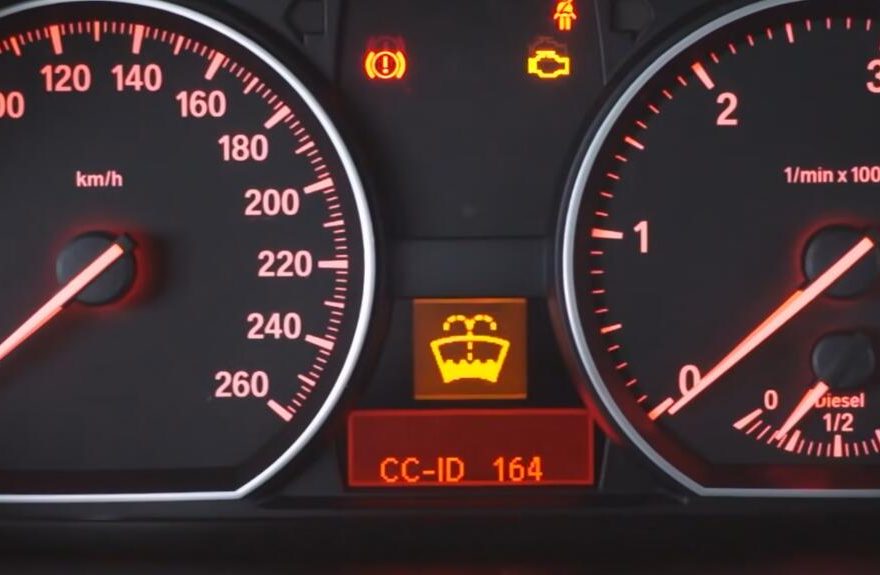Introduction
Modern BMWs, manufactured after 1996, are equipped with an On-Board Diagnostics (OBD) system that monitors various components and systems within the vehicle. When the car’s computer detects an issue, it stores an error code, also known as a Diagnostic Trouble Code (DTC), in the Electronic Control Unit (ECU) memory. To access these codes and diagnose the problem, you need an OBD reader (K+DCAN or ENET) and a dedicated diagnostics software such as ISTA for BMW.
Understanding BMW Fault Codes
BMW fault codes follow a specific structure that helps identify the problem area and the specific issue. The codes consist of a letter followed by four digits, and each part of the code has a specific meaning.
The First Letter
The first letter of the fault code indicates the general area of the car where the problem is located:
– P: Powertrain (Engine and Transmission)
– B: Body
– C: Chassis
– U: User (Communication Network)
The Second Digit
The second digit of the fault code narrows down the problem to a specific system within the car. There are eight different categories:
0. Fuel and Air Measurement and Auxiliary Emission Control
1. Fuel and Air Measurement
2. Fuel and Air Metering (Fuel Injection Circuit)
3. Ignition Systems or Misfires
4. Auxiliary Emission Controls
5. Vehicle Speed Control and Idle Control Systems
6. Computer and Output Circuit
7. Transmission
The Third and Fourth Digits
The last two digits of the fault code provide the exact details of the problem. These digits are unique to each specific fault and can vary depending on the manufacturer. BMW, like other manufacturers, also has its own set of specific codes that may not follow the standard SAE format.
Reading BMW Fault Codes
To read BMW fault codes, follow these steps:
1. Locate the OBD port in your BMW, which is usually found under the dashboard on the driver’s side.
2. Plug your OBD reader (K+DCAN or ENET) into the OBD port.
3. Connect the OBD reader to a computer with the appropriate diagnostics software installed (e.g., ISTA for BMW).
4. Start the diagnostics software and initiate a scan of the vehicle’s systems.
5. The software will display any stored fault codes, along with their descriptions.
6. Interpret the fault codes using the information provided above to identify the problem area and specific issue.
Conclusion
Understanding how to read BMW fault codes is essential for diagnosing issues with your vehicle. By using an OBD reader and dedicated diagnostics software, you can access the stored DTCs and interpret them using the standardized code structure. This knowledge allows you to pinpoint the problem area and specific issue, enabling you to take the necessary steps to repair your BMW and keep it running smoothly.
